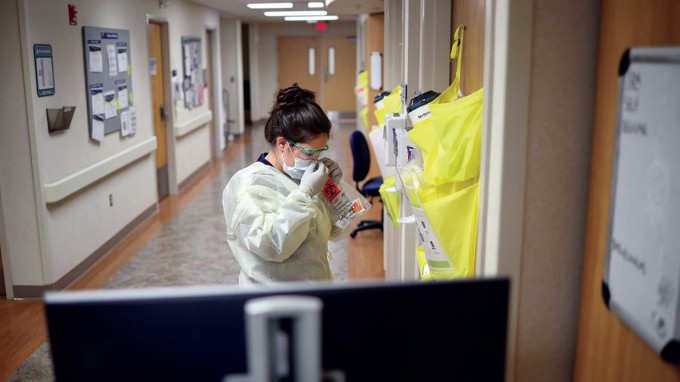Nursing & Healthcare News
New California Laws Take Aim at PPE Shortages
Hospitals required to stockpile personal protective equipment

The Legislature is not happy about ongoing PPE shortages at some California hospitals. Two new state laws will require facilities to bolster their stockpiles of personal protective equipment.
“Nurses Deserve Protection”
It’s no secret that the pandemic caught some hospitals flat-footed when it came to vital equipment like surgical masks and N95 respirators. While some hospitals had or were able to obtain adequate supplies, other facilities have been forced to ration and reuse single-use PPE.
The human cost has been high. By mid-October, there were more than 41,000 confirmed cases of COVID-19 among California healthcare workers, including at least 194 deaths. (More than one-third of those cases and more than half of the reported deaths have been in L.A. County.)
Declaring that “[n]urses and healthcare workers deserve protection while doing their jobs,” the Legislature passed two bills intended to ensure that California hospitals are better-prepared in the future: A.B.2537 and S.B.275. Governor Newsom signed both bills into law on September 29.


